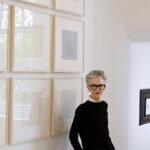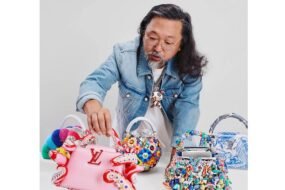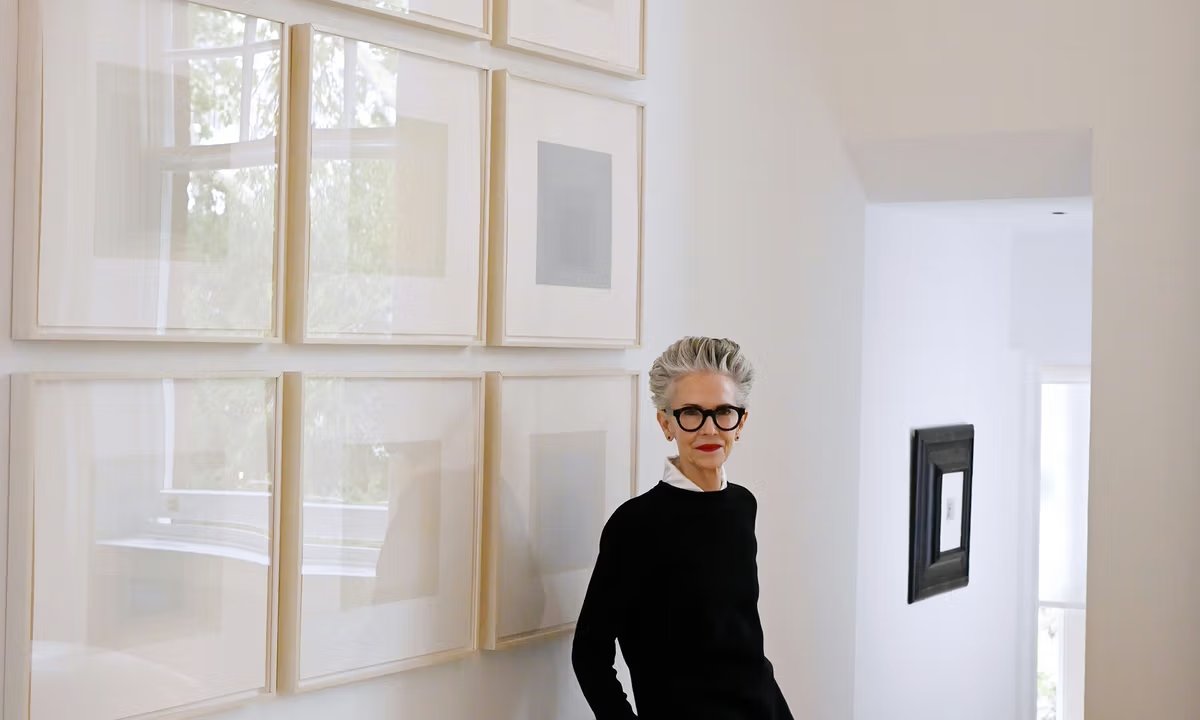
One evening in 1997, Catherine Walsh introduced herself to the arch-Minimalist architect John Pawson after a lecture he had given in New York and asked him to build her a house.
Then in her mid-30s and ascending the corporate ladder at Estée Lauder, where she forged a stellar career as a product innovator and marketing mastermind, she had acquired a site in the historic centre of Telluride, the Colorado ski resort. Pawson had not yet designed a private residence in the US. But she took him to dinner, and in time-honoured tradition, he sketched out an idea on the paper tablecloth, along with a calculation of what it would cost. The result was a much-published stone-and-timber structure, for which he designed all the furniture too. “Though there were probably only seven pieces in the whole place,” Walsh says.
The rest was art, a collection—though she hesitates to call it that—that had begun with the purchase of a Harry Callahan photograph she had bought when she was 22, before she even had a sofa to sit on in her unfurnished Manhattan apartment.
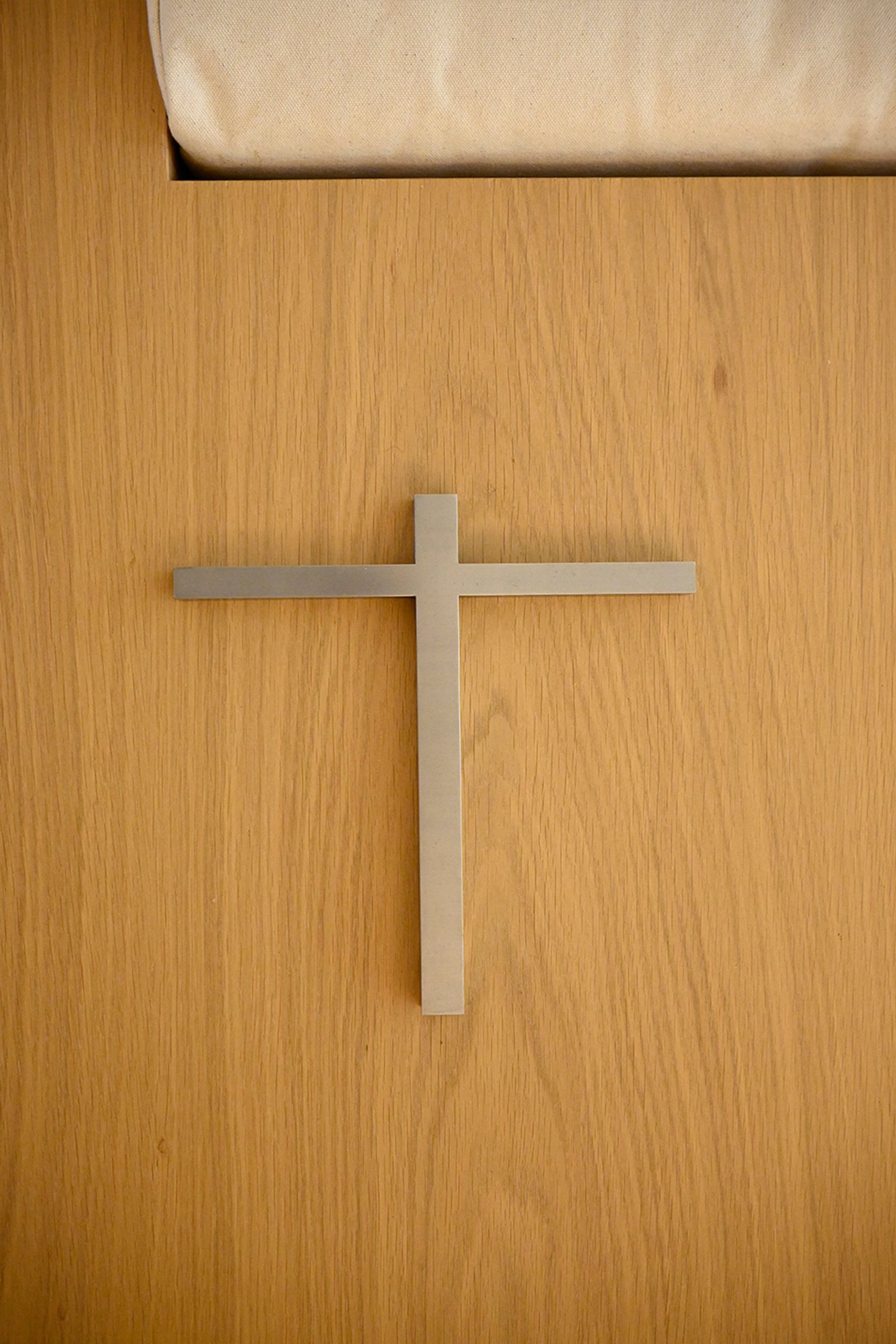
Walsh’s most recent Tefaf purchase was Gerhard Richter’s Kreuz (1997)
Photo: © Katherine Hardy; artwork © Gerhard Richter
Walsh had arrived in New York in the mid-80s to take up a job at the cosmetics giant Revlon, a long way from rural Pennsylvania, where she had grown up in a town she describes as too small even to have traffic lights. “I do remember my parents saying, ‘Don’t you think you need a chair?’,” she says.
The Callahan is still dear to Walsh. “It’s a wonderful piece,” she says of his understated studies of skeletal grasses and reeds against snow. “Pure and minimal. I have never gotten tired of it. It still makes me happy to look at it. I think it cost $1,000.” (A small gelatin silver print, also of trees in snow, fetched $254,000 at Sotheby’s in 2010.) It also set the tone for her subsequent acquisitions, which included pieces with Minimalist leanings by Donald Judd, Jenny Holzer, Maya Lin and Michele Oka Doner.
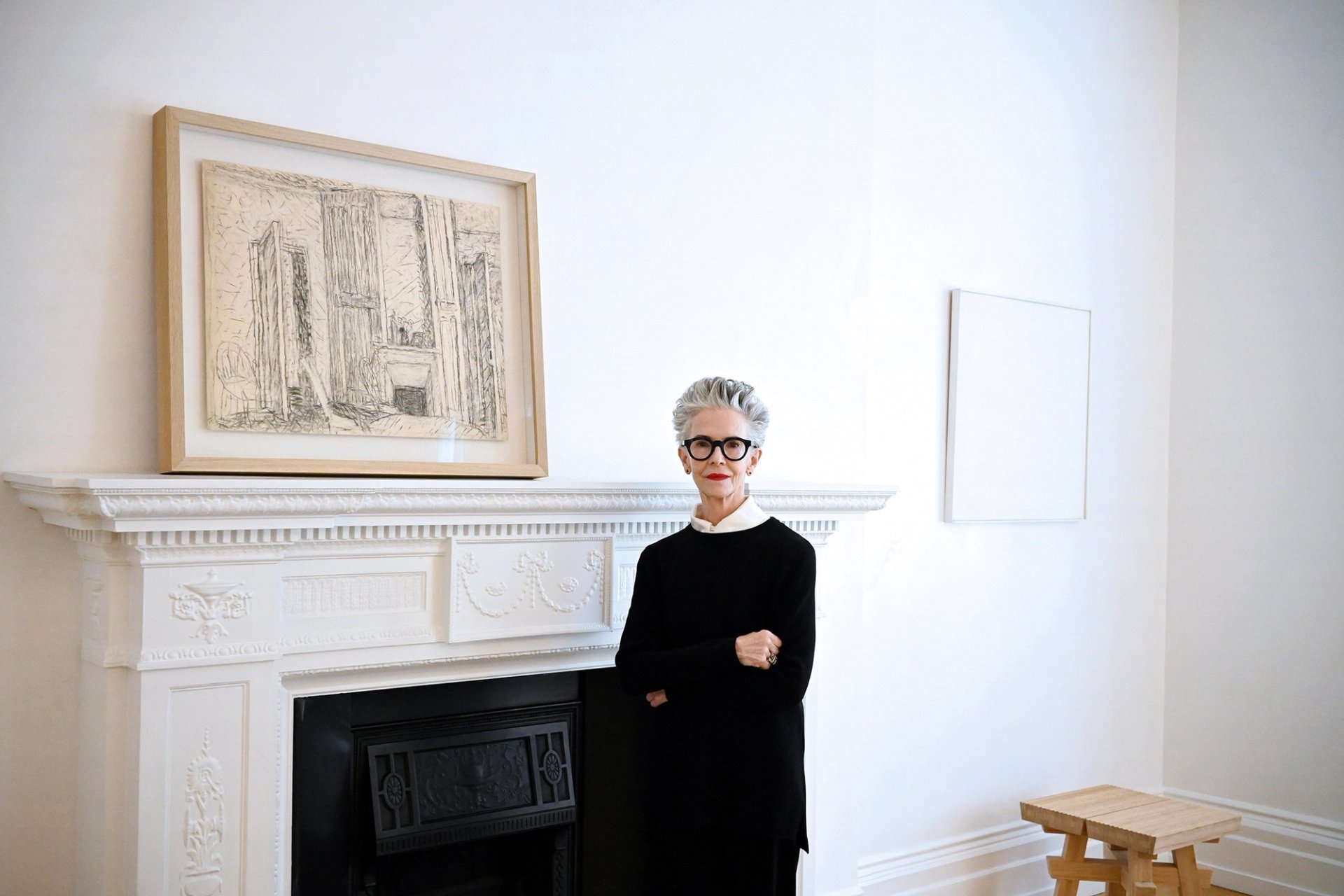
Walsh in front of Pierre Bonnard’s The Upstairs Sitting Room, Le Bosquet (1942)
Photo: © Katherine Hardy
Almost four decades on, the Pawson house is sold, along with most of its contents—apart from the Judds. Walsh’s current home is an apartment of white walls and oak floors within walking distance of the Victoria & Albert museum that also contains very little furniture and a careful selection of art. One reception room is hung with a series of 12 prints by Josef Albers (Grey Instrumentation, 1974) that Walsh calls “super serene”. There is a Rembrandt drawing of a man, woman and child, and an installation of Edmund de Waal pots. In another, there is a white marble relief of St Cecilia made, surprisingly, in the 1850s; a Bonnard drawing; and some Judd furniture, notably a chair (No 1, designed 1984), bought in a sale of works consigned by the artist’s children, Rainer and Flavin. Her latest acquisition is a 17th-century Dutch portrait of a young woman, which she bought at auction in Munich.
“It might sound a little bourgeois or pedestrian, but it’s my personal taste. I’m not trying to impress anyone with what I buy,” she explains. “And she is extraordinary,” she says of the painting’s subject. “She’s dressed in black against a black background. There are so many shades of black, so it’s very true to the spirit of Franz Kline. And she’s got the most elegant white ruff and a little pearl earring. But she’s unusual in that her hands are gloved.” (Most women in Dutch portraits of that time have visible wedding rings and often as not were painted as half of a pendant to hang alongside a likeness of her husband.)
A spell in Paris
After living in New York, Walsh had relocated to Paris in 2001 to work for Coty. There she launched a succession of bestselling celebrity-branded fragrances in collaboration with international stars like Madonna and Jennifer Lopez (more than $2bn-worth of Glow by JLo has been sold worldwide), as well as fashion brands including Balenciaga, Marc Jacobs and Calvin Klein.
“My apartment wasn’t what you’d call Haussmann-esque; it was more a World of Interiors version of minimalism than a Donald Judd one,” Walsh says. But her years there allowed her tastes to expand. “New York at that time was so much about contemporary and Modern, but in Paris I spent all the time I could at the Louvre, especially in the 17th-century Northern European galleries. And that really broadened my aesthetic.”
She also went to Tefaf (The European Fine Art Fair) in Maastricht for the first time. “As soon as I walked into the fair, I was blown away—by the flowers, the whole production,” she says. “I’d never been in a place outside of a museum where I could see that breadth of work. I’ve gone back every year for 26 years.”
Corporate to cultural
Her first acquisition at the fair was a piece of jewellery—an intricately engineered statement piece by the long-established family-owned Munich-based brand Hemmerle. A friendship developed with its owners, Christian and Yasmin Hemmerle, and it was Christian, a Tefaf trustee since 2018, who first broached the idea of her joining its board. Walsh has been a trustee since 2020. Her most recent purchase there was a steel cross by Gerhard Richter (Kreuz, 1997) made in an edition of 80.
“When I decided to leave corporate life after more than three decades, I had no clear idea of what I wanted my professional life to be,” she says. “I just knew I wanted it to be more informed by art and culture. And when I think about what I’m doing now, I think it’s fair to say I have transitioned from the world of commercial luxury to the non-commercial art world.”
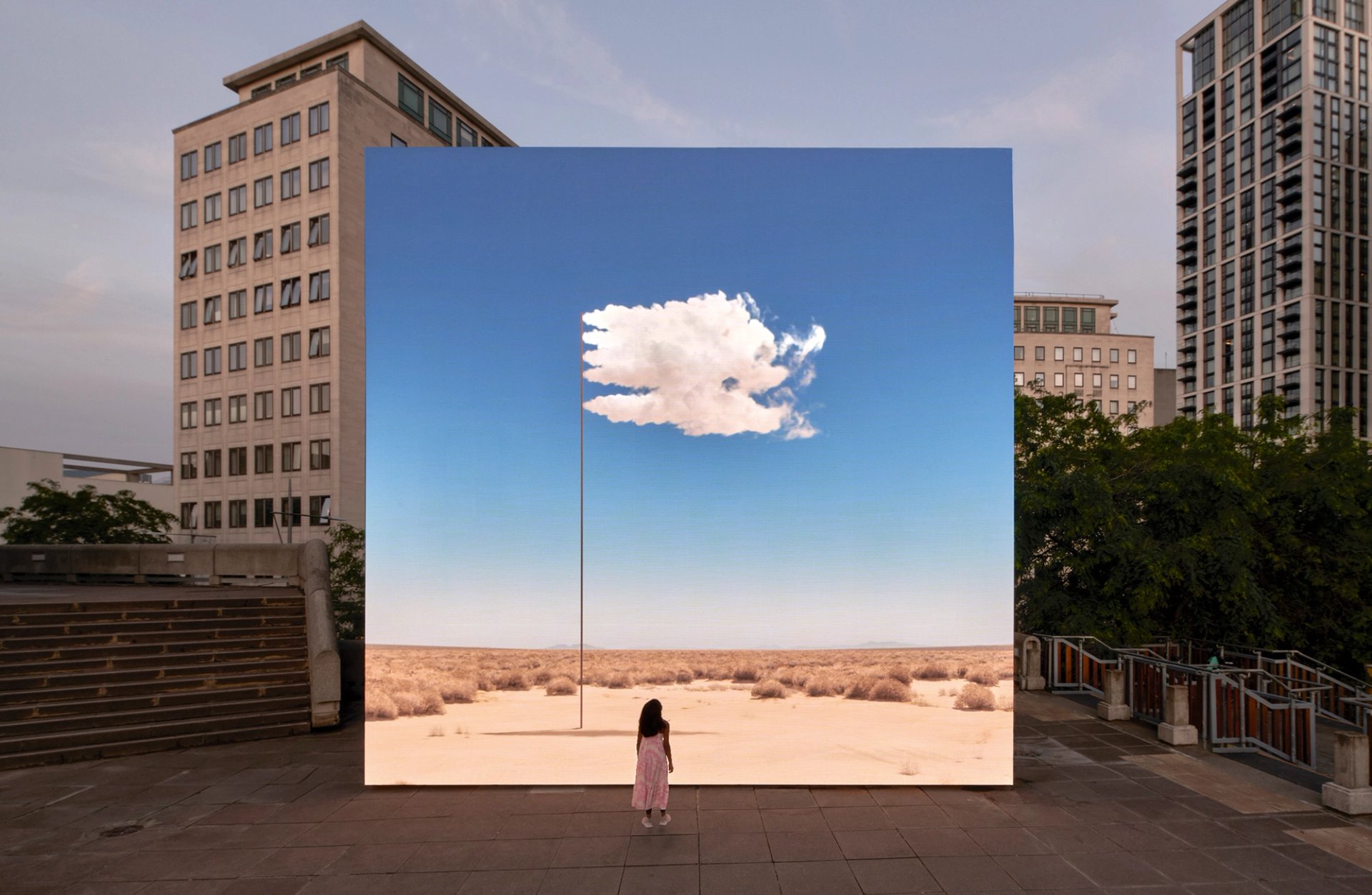
Walsh was behind the installation of John Gerrard’s Surrender (Flag) outside the Hayward Gallery in 2023 (above)—a huge LED screen that later became part of U2’s concert scenography in Las Vegas
Photo: Edmund Sumner, courtesy of the artist and Pace Gallery, artwork © John Gerrard/Artist Rights Society (ARS)
Walsh now has board or committee roles with a handful of non-profit organisations, most recently the Fondation Beyeler in Basel. And as a member of the Hayward Gallery Commissioning Committee, she was instrumental in bringing the huge LED screen, Surrender (Flag) by the Irish artist John Gerrard to London’s South Bank in 2023, where it was displayed outside the gallery for the duration of the Dear Earth exhibition.
The work, a moving digital simulation of a white flag formed from plumes of water vapour evaporating in a desert, subsequently became part of the staging for U2’s 40-concert residency at Sphere in Las Vegas in 2023. Walsh now has a smaller version, an artist’s proof of the edition of four he made for sale, in her London home.
“The process of bringing that piece to the Hayward was so similar to creating a beauty product,” she says. “I’m not saying John’s work is a product, but there is an analogy. Artists spend so much time creating something, and then the challenge is to get it out there in the hope that people see it. My role in the beauty world was to get inside the artistic director’s head and bring their ideas to market. What I’m trying to do now is to bring art into the public realm. I’m not actually creating things, but in beauty-world terminology,I’m helping to launch them.”
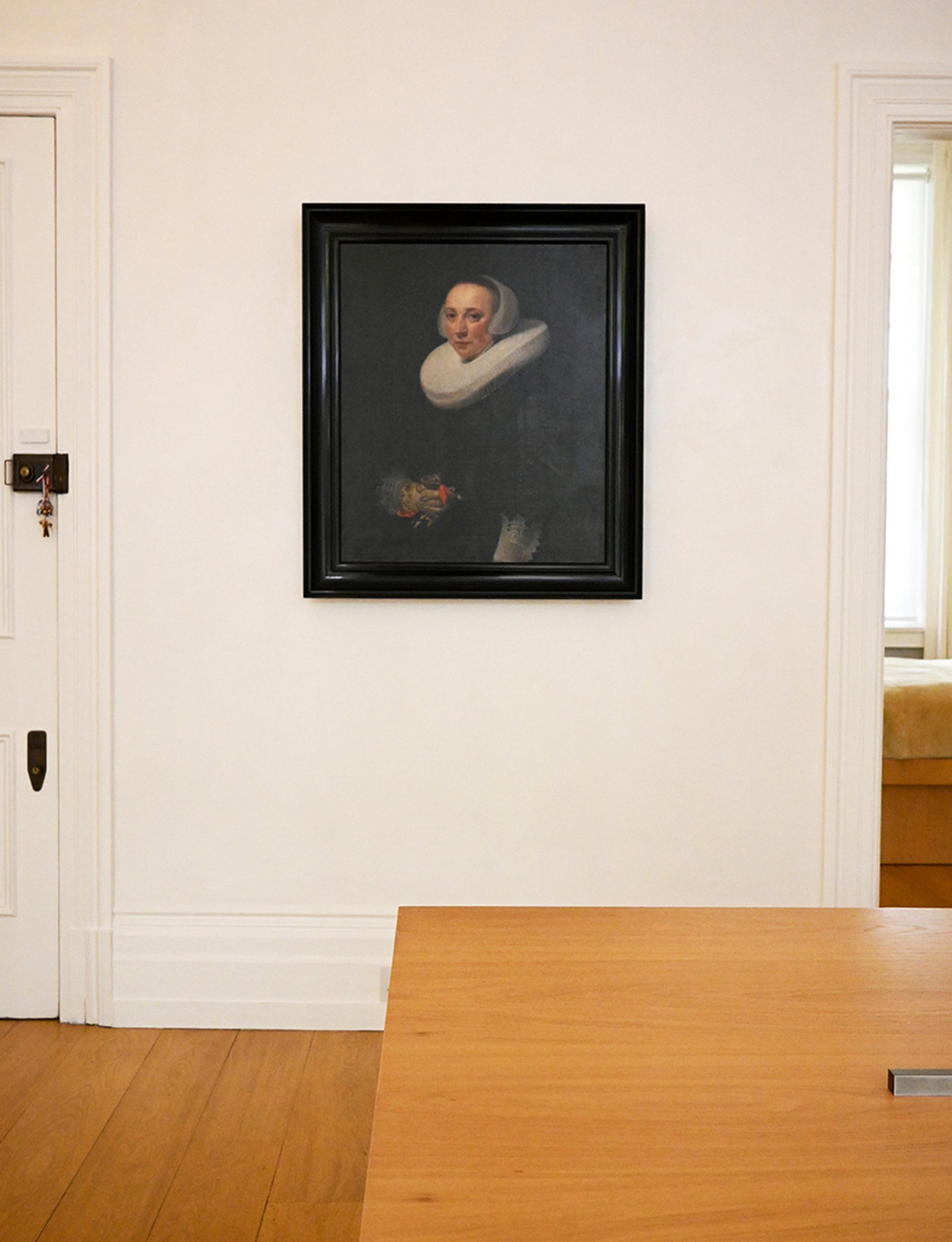
Portrait of a Lady by Nicolaes Eliasz Pickenoy
Photo: © Katherine Hardy
She is also president of the VIA (Visionary Initiatives in Art) Fund, a New York-based philanthropic organisation set up in 2013 to give grants to artists and institutions, though her first interaction with it was as an applicant. At the time she was a trustee of the Chinati Foundation in Marfa, Texas, where she was raising money for a capital project to house Robert Irwin’s monumental 2016 installation Untitled (dawn to dusk). “I’d never come across an art fund like it,” she says of VIA, which is rigorous in its methods and engages very directly with the artists it supports. “So, a year later I joined as a partner [its term for its most generous donors] and then I became a board member and in 2023, I was asked to take over as board chair.
“I’ve never fully identified as a collector,” Walsh continues, “but I am starting to identify as a patron. I feel comfortable with that because I’m in this for the education. Of course, there are things I would love to have, and if I find something that works holistically with the way that I live, then it becomes mine. But I don’t have a strategy or a desire to acquire certain pieces because they’re going to make the collection more complete. I respect people who go deep and become connoisseurs of one period or artist. But that’s not me.”

